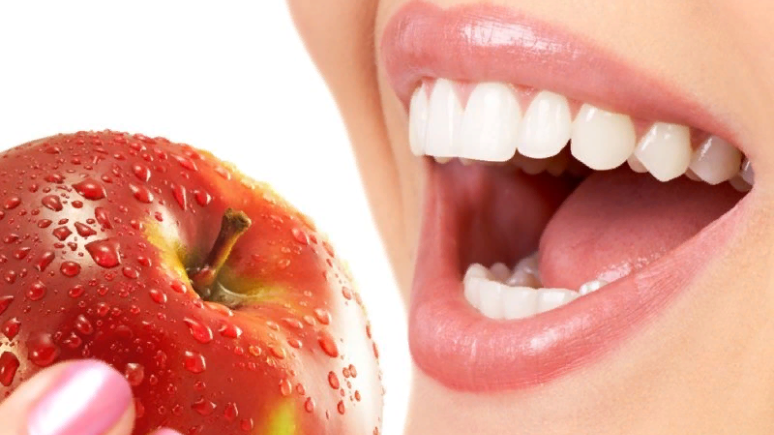Therapeutic dentistry is a section of the specialty dealing with the treatment of diseases of the teeth and tissues surrounding the tooth: caries, pulpitis, periodontitis, periodontitis. Its main task is to eliminate carious cavities and foci of inflammation, replace the lost parts of the crown part of the tooth with filling materials and restore its shape and function. Therapeutic dentistry includes the following subsections: endodontics (root canal treatment) and periodontics (treatment of gum disease). It should be noted that therapeutic dental interventions in almost every case precede prosthetics and implantation of teeth.

Caries and its complications are very common diseases. According to official statistics, more than 93% of the world's population is affected by caries today. One of the problems associated with this disease is that caries can proceed unnoticed and painlessly for a long time. Therefore, patients often turn to the dentist only when there is a long-lasting severe toothache that negatively affects the quality of life.
If uncomplicated caries in the absence of pain is in most cases easy to treat and fairly quickly (usually in one visit), then in the case of complications of caries (pulpitis, periodontitis) and severe pain syndrome, treatment requires several visits to the doctor and various more complex manipulations.
In modern dentistry, there are a huge number of methods and tools that allow you to treat teeth effectively, safely and painlessly.
Caries treatment methods
If the dentist detects the initial stage of caries in the patient - in the form of a white or dark spot, then the treatment consists only in remineralization - the return of the lost mineral compounds of fluorine and calcium to the tooth in the form of applying a special solution. However, more often patients go to the doctor when the carious process has already spread deep into the tissues of the tooth. In such cases, tooth filling is required, and often root canal treatment is required. Traditionally, dentists use a drill to remove caries-affected tooth tissues. In recent years, modern dental centers have used ultrasound or laser in the treatment of teeth, if indicated.
Today, dentistry uses innovative filling materials that have high strength, aesthetics, durability, and bactericidal properties. With their help, the dentist can completely restore the structure of the destroyed tooth, exactly recreating its original shape and color.
In the treatment of deep caries, therapeutic pads based on calcium compounds are additionally used to regenerate and protect the pulp.
With pulpitis, depending on the severity of the process, the doctor can completely remove the affected tooth pulp, or part of it. After root canal treatment with antimicrobial and anti-inflammatory drugs, the tooth is filled.
With periodontitis (damage to the tissues surrounding the tooth), treatment is carried out aimed at preserving the tooth. The inflamed pulp is completely removed, the canals are repeatedly treated with antiseptics, and a temporary filling is made. Often, with periodontitis, the doctor prescribes antimicrobial and anti-inflammatory drugs. If such treatment gives positive results, then the dentist installs a permanent seal.
To correctly diagnose diseases of the hard tissues of the tooth and get a complete picture of the state of the pulp and tissues surrounding the tooth, allows electroodontodiagnostics - determining the state of the nerve elements of the tooth using electric current.
The most common, informative and traditional method of diagnosing diseases of the teeth is X-ray. In addition, the nature and characteristics of the disease are currently being clarified through microbiological studies and special samples.
The development of modern dentistry makes it possible not only to cure a tooth, but also to restore its former shape, aesthetics and the possibility of normal functioning through the use of innovative light-curing filling materials.
Currently, endodontics is developing very actively and successfully - one of the key areas of modern dentistry. Endodontics is a section of therapeutic dentistry dedicated to the treatment of root canals of a tooth. Thanks to the latest technologies, materials, and the use of a microscope, doctors have the opportunity to conservatively treat, preserve and extend the life of teeth that would previously have been removed.
Therapeutic dentistry owes its successful development to the widespread use of effective local anesthesia, which greatly facilitates the process of dental treatment, both for the doctor and the patient.







